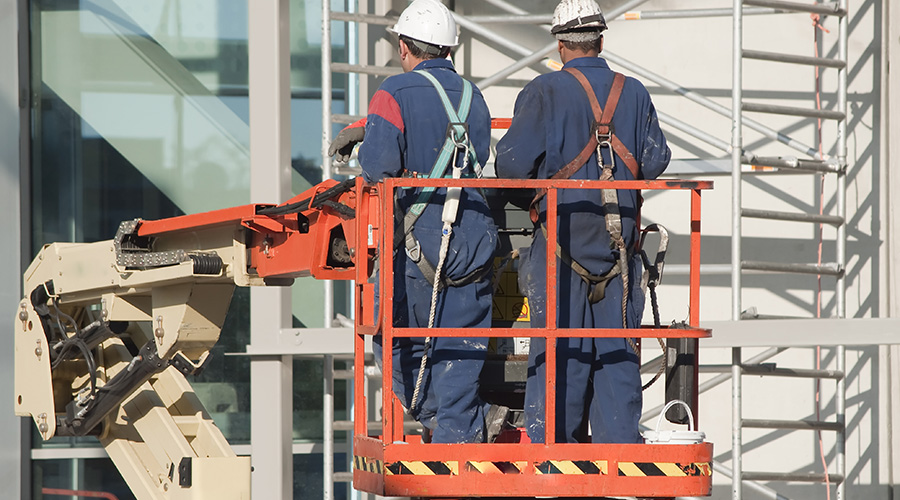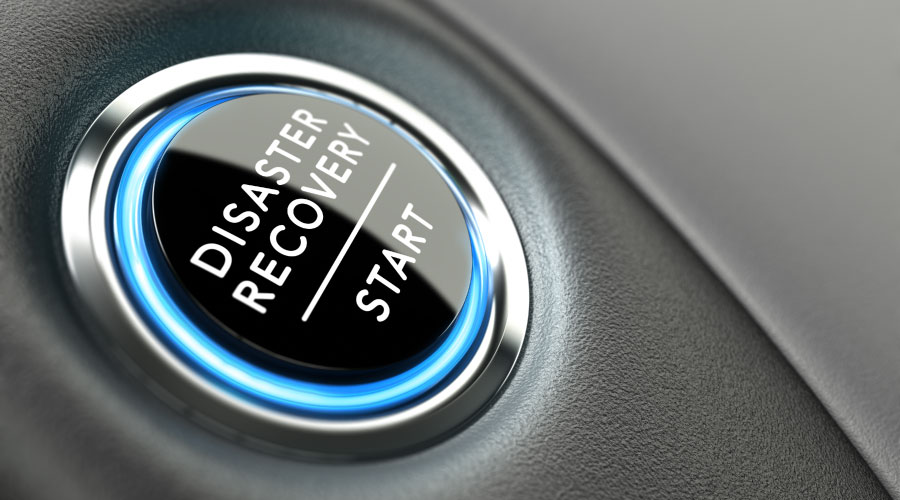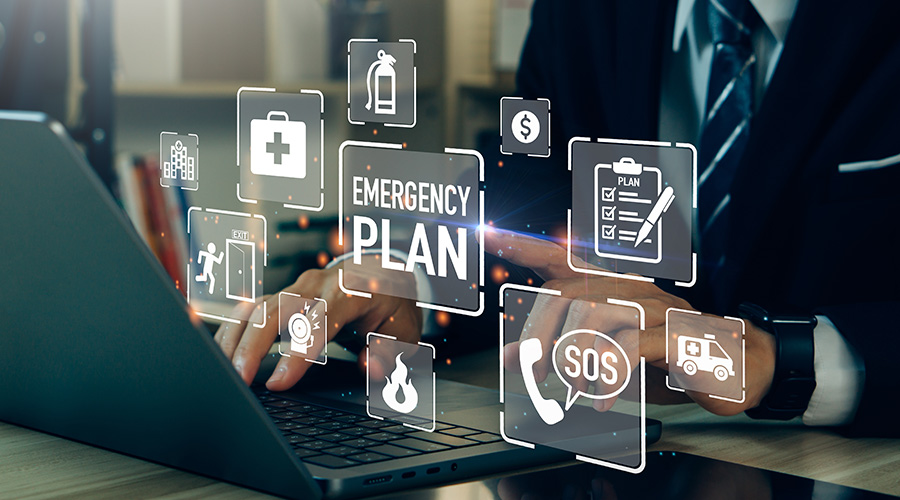 Damage to the roof of a building owned by Méndez And Co. Inc. in Puerto Rico illustrates the ferocity of Hurricane Maria.
Damage to the roof of a building owned by Méndez And Co. Inc. in Puerto Rico illustrates the ferocity of Hurricane Maria. Hurricane Maria: Facility Managers Plan Disaster Recovery Amidst Total System Collapse
Loss of power. Loss of water. Loss of supplies. Hurricane Maria devastated Puerto Rico. Here's how several savvy facility managers prepared and then recovered from the storm.
On Sept. 20 at around 6 a.m., Hurricane Maria made landfall in the southeast corner of Puerto Rico with maximum sustained winds of 155 mph. The nearly category 5 storm engulfed the island and travelled across it for the next day and a half, with the eye carving a diagonal path northwest. It was the fifth strongest storm to ever hit the United States, and the strongest storm to hit the island in 80 years.
Parts of Puerto Rico saw 30 inches of rain in one day, the equivalent to what Houston received over three days during Hurricane Harvey. At the time Maria hit, 60,000 people on the island were still without electricity from the near-miss by Hurricane Irma two weeks earlier. Maria knocked down 80 percent of the island’s power transmission lines. Cell phone towers, running on back up generators after the power went out, ran out of fuel and went offline if they hadn’t been destroyed directly. Once the storm passed, there was no utility power, little running water, difficult communications, few passable roads, and no access to airports or ports.
The case of Maria on Puerto Rico can illustrate for facility managers what disaster preparedness requires when the disaster affects an entire geographical area, when the disaster is widespread and affects every aspect of business and life. The short answer is you have to be prepared to be completely self-reliant for a very long time.
Facility managers in Puerto Rico are not rookies when it comes to hurricanes. Méndez And Co. Inc., a wholesale distributor of spirits, beer, wine, and groceries, operates around 1.2 million square feet across five major locations around the island. After the hurricane, the business was operating the very next day. Salustiano Alvarez, the company’s property manager, points to the depth of experience earned after operating on the island for more than a hundred years. “We lived through Hugo. We lived through Georges, and we came out with flying colors after these two recent tests,” Alvarez says. He says some of the company’s steel buildings did suffer some damage. But these were patched in a matter of a half day, he says. ”We were ready but the rest of the system was not,” says Alvarez. Blocked roads made distribution of goods impossible, for starters.
Blocked roads kept Carlos Cintron, managing director and regional transition leader for Latin America, CBRE Global Workplace Solutions team in Puerto Rico, stuck at his house for five days. CBRE’s clients in Puerto Rico include banks with office and critical environment space, as well as retail and some manufacturing. He says that while nobody was expecting the hurricane to be as bad as it was, the better-prepared companies on the island were ones that had been continuously working on their business continuity programs. Nevertheless, even the best prepared have faced unprecedented challenges in the long recovery period, which is ongoing.
Emergency power
With the majority of the utility power generation and distribution offline, a front-line tactic for business continuity is backup generators. “Your emergency generators have to be ready to go,” says Alvarez. “In our specific case, we have backup generators to our backup generators.” Méndez And Co. Inc. is lucky, relatively speaking, because its main facility is located near one of the island’s major hospitals, so their utility power was restored in three weeks.
Of course, three weeks is a long time to be running on emergency power. “Most of our clients have generators in place, but these generators are not used to running twenty-four-seven for long periods of time,” says Cintron. “It would be eight hours here, ten hours there. But when you’re running for four weeks in a row, you need to run a huge maintenance that you don’t necessarily have the window to do so.”
In addition, fueling the generators was a challenge. Fuel suppliers report challenges in delivering fuel due to blocked or washed out roads, and dangerous roads lacking stoplights.
For Cintron, keeping enough gas in his car to be able to make it to his different sites was another challenge in the days immediately after Maria. He would wait in line for six to eight hours and then only be able to put in half a tank because supplies were rationed.
The fuel challenges affected cell phone towers as well, which made communication on the island difficult. One of Cintron’s neighbors was able to establish a WiFi connection immediately after the storm, and Cintron was able to use Facebook Messenger to request four satellite phones, among other items of first need.
Related Topics:


















